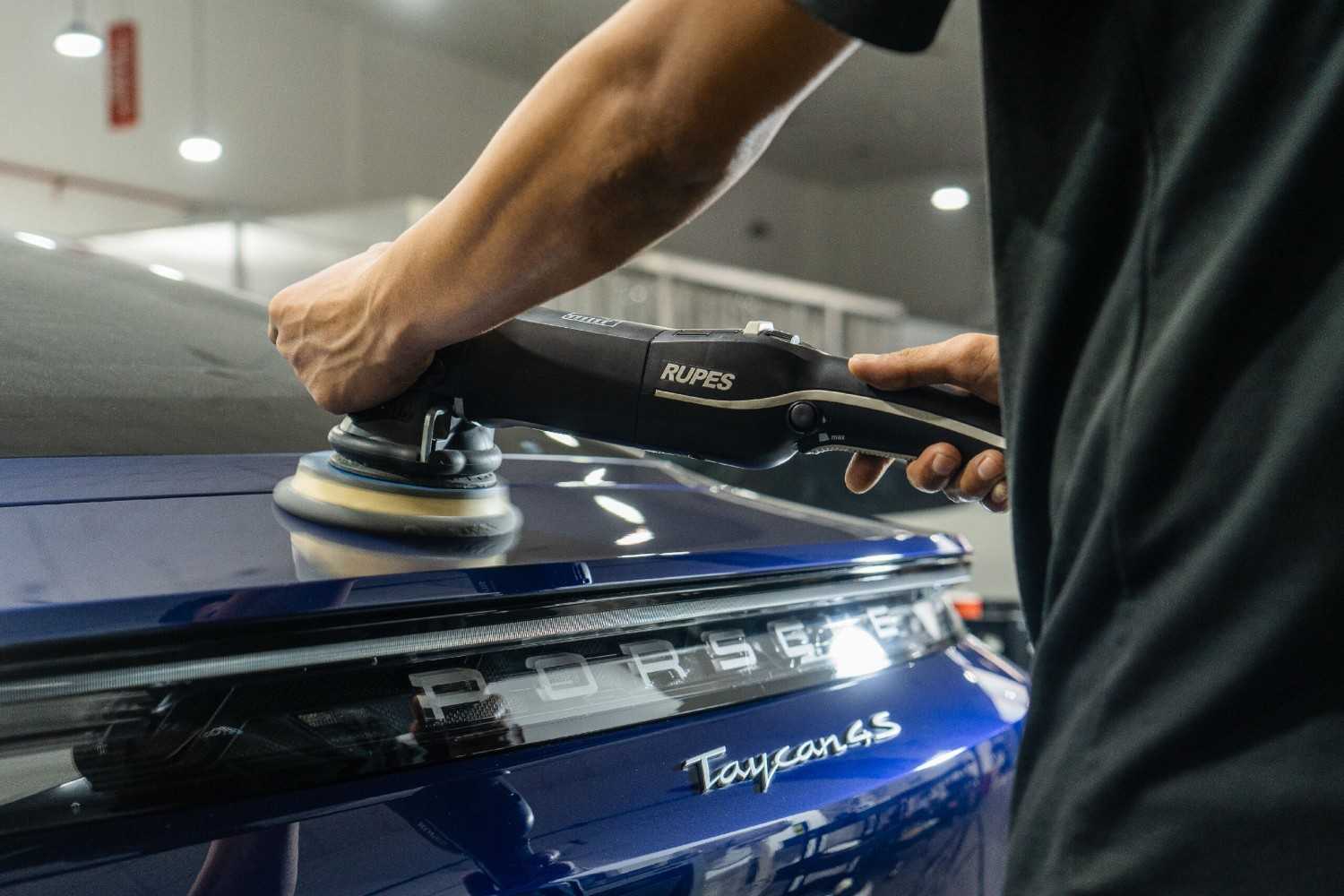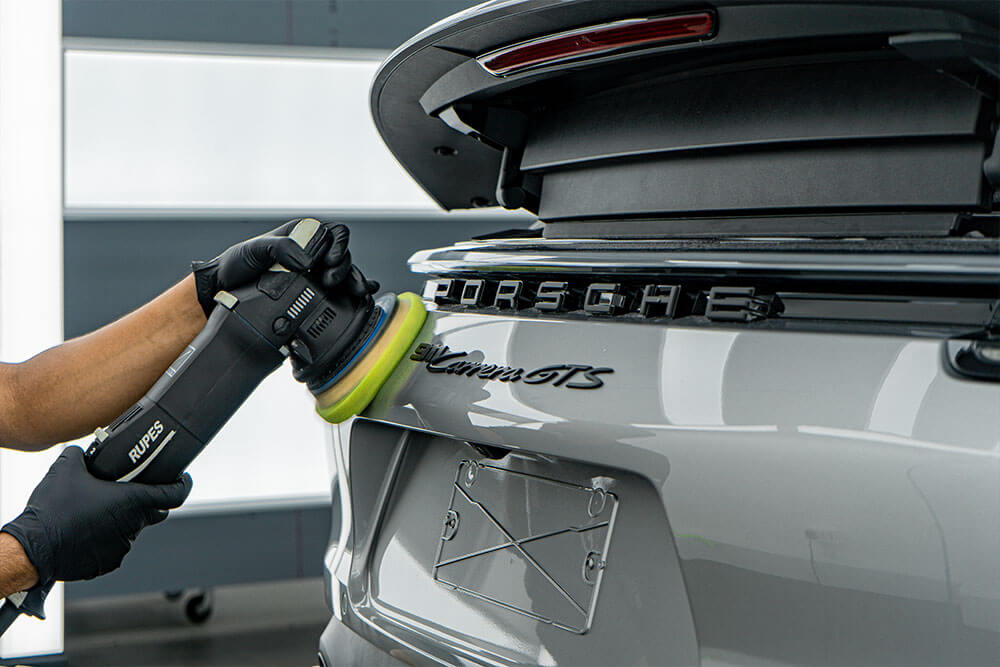
For years, the gold standard in vehicle care was a good coat of wax. It provided a temporary shine and a layer of protection that lasted a few weeks, or maybe a few months if you were lucky. But the world of car paint protection has evolved dramatically. Today, the conversation is no longer about wax, but about a new generation of high-tech solutions: ceramic and graphene coatings.
Both are incredible options, offering durability and a mirror-like finish that wax could only dream of. But with the rise of graphene, many car owners are asking the same question: what’s the difference, and which one is the right choice for my vehicle? It’s time to cut through the marketing hype and demystify the science behind these two revolutionary forms of car paintwork protection.
Demystifying Ceramic Coatings
A ceramic coating is a liquid polymer, most commonly based on silicon dioxide (SiO₂), that chemically bonds with your car’s factory clear coat. Once applied and cured, it creates a semi-permanent, hardened layer of glass-like protection. Think of it as a second skin for your paint that is significantly more durable than traditional waxes or sealants.
The benefits of a professional-grade ceramic coating are undeniable and have made it a favorite among car enthusiasts for over a decade:
- Exceptional Hydrophobicity: This is what most people notice first. A ceramic coating’s surface is incredibly slick, causing water to bead up and roll off the paint. This makes washing your car dramatically easier and helps to repel dirt and grime.
- UV and Chemical Resistance: It provides a strong barrier against harmful UV rays, preventing your paint from fading and oxidizing. It also protects against chemical stains from things like bird droppings and bug splatters, as these contaminants are less likely to etch into the clear coat.
- Enhanced Gloss and Clarity: A quality ceramic PPF coating enhances the depth and shine of your car’s paint, giving it a stunning, deep reflection that makes the color pop.
It’s a proven, reliable, and high-performance solution that offers years of hassle-free maintenance and superior protection.
The Rise of Graphene: An Evolution in Protection
If ceramic coating is the king of modern protection, then graphene coating is the new challenger to the throne. Graphene itself is a single layer of carbon atoms, renowned for being one of the strongest, thinnest, and most conductive materials ever discovered. In the context of a PPF coating, it is infused into a ceramic base to create a composite that offers a new set of advanced properties.
The key advantages of a graphene coating are often directly related to solving some of the minor drawbacks of traditional ceramics:
- Anti-Static Properties: Graphene’s natural conductivity helps to repel dust. This is a massive advantage, especially in a dusty environment like Dubai, as it can keep your car looking cleaner for longer between washes.
- Reduced Water Spotting: While ceramic coatings are hydrophobic, the water beads can sometimes leave mineral deposits behind if left to dry on the surface. Graphene coatings are engineered to have an even higher contact angle, making water bead more effectively and slide off the surface more easily, significantly reducing the chance of water spots.
- Improved Durability: Graphene-infused coatings often boast superior durability and impact resistance due to the incredible strength of the carbon atoms in the composite.
It’s a next-generation technology designed to provide the best possible protection with an emphasis on low maintenance and resistance to dust and water spotting.
The Verdict: Which Coating is Right for You?
So, how do you choose? The reality is that both are phenomenal forms of car paint protection that are light years ahead of any wax or sealant. You can’t make a bad choice between them, but you can make the right choice for your specific needs.
- Choose a Ceramic Coating if: You want a proven, time-tested, and reliable solution with incredible gloss and hydrophobicity. It’s a fantastic all-around option that offers exceptional value and performance.
- Choose a Graphene Coating if: You want the most advanced, cutting-edge technology available. If dust repellency and a superior resistance to water spots are your top priorities, graphene is the clear winner. This makes it an ideal choice for a daily driver in a dusty or arid climate.
No matter which option you choose, the most important factor is a professional application. The performance of these advanced coatings relies entirely on meticulous preparation and a perfect installation. When done correctly, either choice will provide your car paintwork protection that will make your vehicle look amazing and stay protected for years to come.


